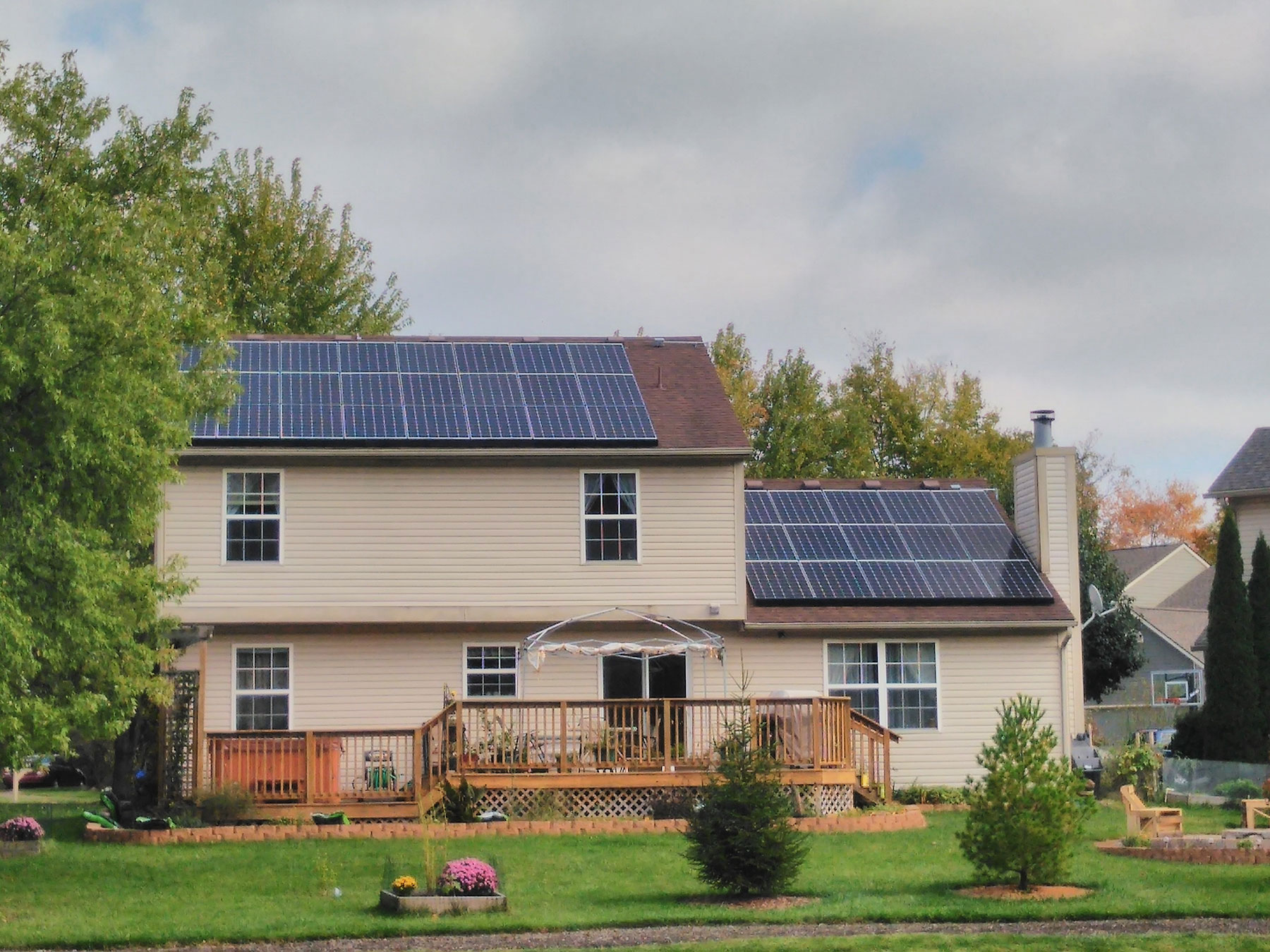Utility companies offer homeowners a range of options for receiving “credit” for any excess energy that they produce from a solar installation. The rules change state-to-state and region-to-region, so it is important to check with your specific utility prior to an installation or have a conversation with a professional about what payback would look like for you. Utilities negotiate and establish the “credit” amount via an interconnection agreement before the installation begins, and they will install what is a called a bi-directional meter before the system is running to read that power production and usage. Essentially, that new meter will track energy going into the home from the grid and out from the solar array to the grid.
Some utilities will offer homeowners a full retail rate for the energy they overproduce. That is called net-metering. To learn more about how that works, you can read about it in greater detail in another article. Some utilities will only offer homeowners a wholesale rate for the excess energy from solar. In cases such as this, homeowners are encouraged to look at storing the extra energy in home batteries versus “selling” it back to the grid. That concept is called grid-shaving as it prevents you from losing that margin in a buy/sell back and forth with the utility. Store it for free, then you can drain down the battery at night and cut back on what you must purchase from the utility. In some rare cases, utilities do not have a set policy on solar and/or do not allow back-feeding into the grid itself. These are rare, but homeowners have the right to source their energy however they would like. They would essentially have more of a stand-alone solar system with a battery cabinet, islanding capabilities in the inverter, and a specific method for how energy is allocated to circuits in the home.
Planning for the long-term methods for payback, setting up the system in the right way, and ensuring this is part of an overall strategy can be done with the help of an energy advisor. They would be able to discuss how solar could work specifically for you and your situation. If you’d like to learn more about batteries, inverter types, net-metering, etc. please feel free to view more articles within the knowledge center.





